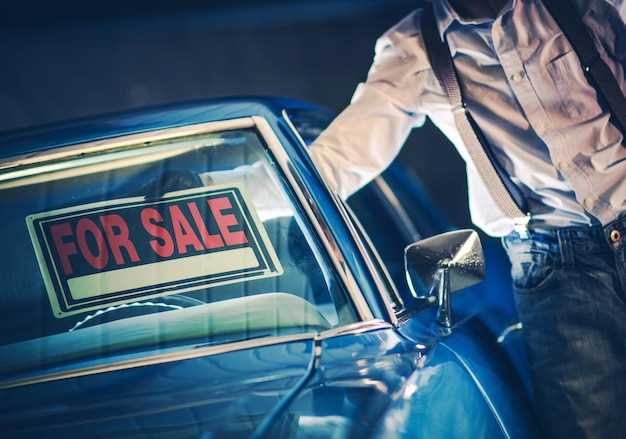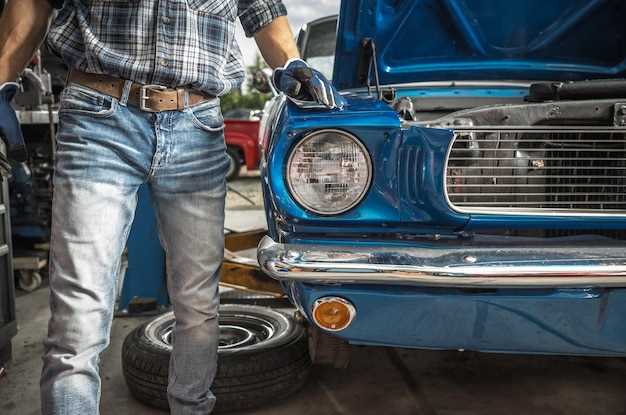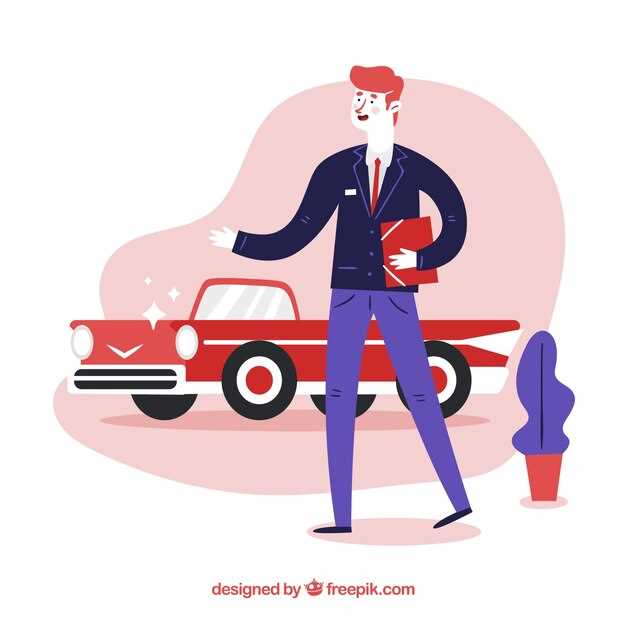
When it comes to selling your classic car, proper prep is essential to ensure a successful transaction. A well-prepared car not only attracts potential buyers but also helps you to secure a better price. Understanding the key aspects of the selling process can elevate your chances of making a sale that meets your expectations.
First and foremost, it’s important to assess the condition of your car. This involves not just the mechanical aspects but also the aesthetic details. Ensure that the vehicle is clean, both inside and out. A thorough detailing can make a significant difference in how potential buyers perceive your classic car. Don’t underestimate the power of first impressions; a sparkling exterior and a well-maintained interior can excite buyers about the sale.
Another crucial element in preparing for a successful sale is gathering all relevant documentation. This includes maintenance records, ownership history, and any restoration work that has been done. Providing prospective buyers with a complete history of the car can build trust and significantly enhance the value of the vehicle. By doing your homework and being transparent, you create an environment ripe for negotiation and finalizing a deal.
Assessing and Documenting Your Car’s Condition
Before listing your classic car for sale, it is crucial to assess and document its condition accurately. This not only helps you determine a fair price but also instills confidence in potential buyers.
Start with a comprehensive evaluation:
- Exterior Examination:
- Check for rust, dents, and paint imperfections.
- Inspect chrome parts for pitting or fading.
- Ensure that all body panels align properly.
- Interior Inspection:
- Look for tears or wear in the upholstery.
- Test all instruments and controls, ensuring they function correctly.
- Document the condition of the dashboard, headliner, and carpeting.
- Mechanical Review:
- Evaluate the engine for leaks, unusual noises, or performance issues.
- Check the transmission, brakes, and suspension for any signs of wear.
- Examine the overall fluid levels, including oil, coolant, and brake fluid.
- Documentation Collection:
- Gather receipts for maintenance and repairs.
- Have a record of ownership history if available.
- Compile any awards or certifications your classic car has received.
Once you’ve assessed the condition, create a detailed report. This document should include:
- Clear descriptions of any cosmetic or mechanical issues.
- A list of upgrades or restorations completed.
- Photographic evidence showcasing the car’s condition from multiple angles.
This prep work is essential for a successful sale. Prospective buyers will appreciate transparency, and having documented evidence of your classic car’s condition can lead to a smoother transaction.
Enhancing Curb Appeal with Cleaning and Detailing

Preparing your classic car for a sale requires careful attention to detail, especially when it comes to cleaning and detailing. A well-presented vehicle attracts potential buyers and can significantly boost its perceived value. Begin with a thorough wash using high-quality car soap to remove dirt and grime. Ensure you pay attention to every nook and cranny, including wheel wells and undercarriage.
Next, consider the interior. Vacuum the carpets and upholstery, and wipe down all surfaces with appropriate cleaners. Pay special attention to leather seats; they should be treated with conditioner to restore their luster and prevent cracking. A clean interior creates a welcoming environment and enhances the overall appeal of the car.
Detailing is another crucial step in the prep process. Clay bar treatments can effectively remove embedded contaminants from the paint, resulting in a smoother finish. After clay barring, apply a polishing compound to eliminate swirl marks and scratches. Finally, finish with a high-quality wax or sealant to protect the finish and provide a glossy shine. This not only enhances curb appeal but also helps maintain the vehicle’s condition over time.
Investing time in cleaning and detailing your classic car can be the difference between a quick sale at a desirable price and a prolonged selling process. A sparkling appearance captures attention and instills confidence in buyers regarding the car’s maintenance history.
Setting a Strategic Price Based on Market Research

When prepping your classic car for sale, determining the right price is crucial for attracting potential buyers while ensuring you receive fair value. Start by conducting thorough market research to assess the current trends in classic car sales. Identify comparable vehicles that have recently sold, focusing on aspects like model, year, condition, and mileage. This data will provide a foundation for establishing a competitive price.
Explore various platforms, including online marketplaces, auction sites, and classic car forums, to gather information on asking prices and recent sales. Pay attention to any fluctuations in demand for your specific make and model, as these can significantly influence pricing. Additionally, consider seeking the assistance of appraisers who specialize in classic cars; their expertise can offer insights into optimal pricing strategies.
After gathering this information, evaluate the unique features and condition of your own car. Factors such as restoration work, original parts, and overall aesthetic appeal can all justify a higher asking price. Conversely, be mindful of necessary repairs or maintenance that may warrant a reduction. By skillfully combining your market research with the unique attributes of your classic car, you can set a strategic price that not only reflects its value but also enhances the probability of a successful sale.


